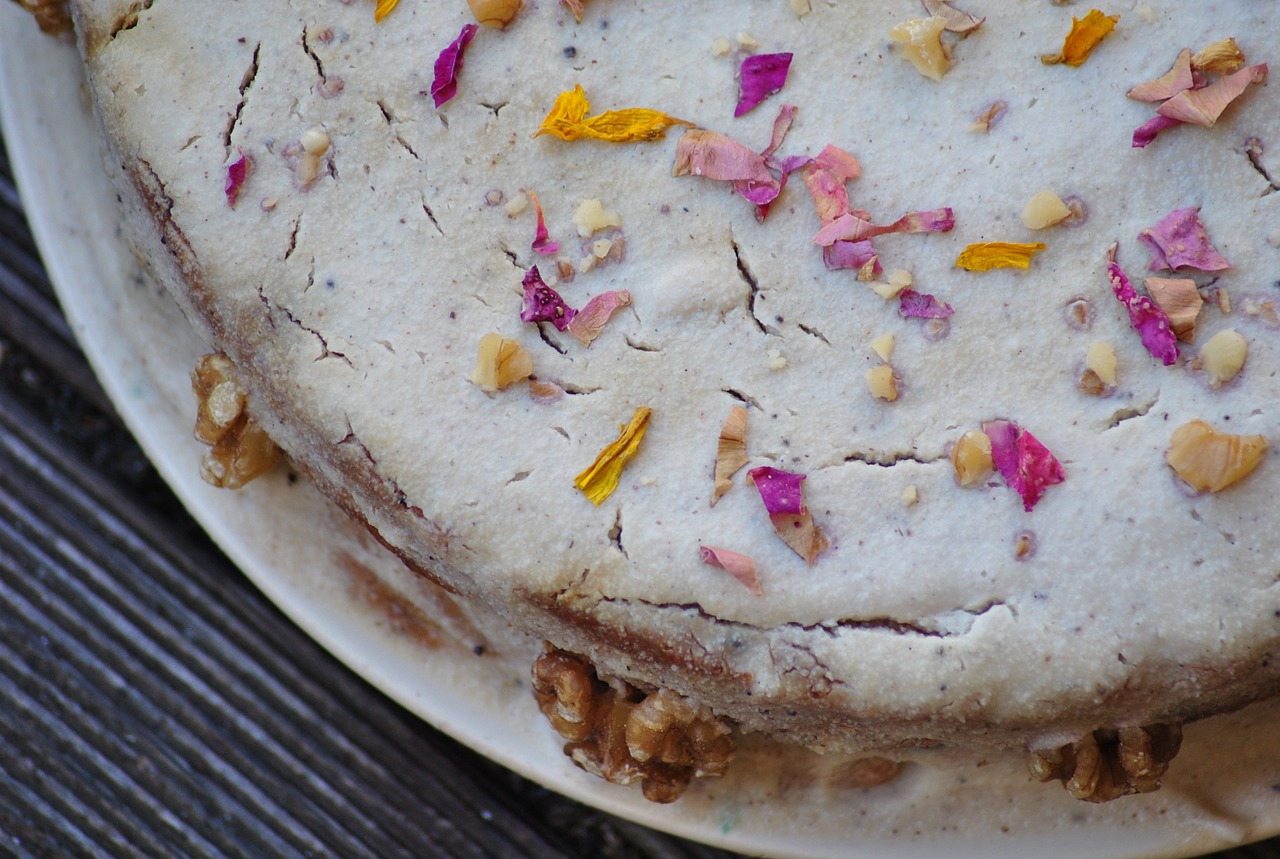Flowers: They’re not just for smelling.
Floral arrangements can really add something special to an otherwise ordinary dish. Their fun colors and elegant features can make any dessert or meal really pop.
Flowers have been used for culinary purposes as far back as Ancient Greece, Rome, and Egypt. The first recorded mention of edible flowers was in 140 B.C.
A few snippets of edible flowers throughout history, supplied by TheNibble.com and GardenGuides.com:
- Victorians candied violets to decorate desserts.
- During the Renaissance, audiences of plays enjoyed rose-petal water and stewed primroses.
- Carnation petals were a key ingredient in Chartreuse, a liquor created by French monks during the 1600s.
- Bee balm was used a substitute for black tea during the Boston Tea Party of 1773, when tea was unavailable.
In addition to being utilized in cooking, flowers have long been recognized for their medicinal qualities. Red clover, for instance, has been known to help with coughs, colds, and as a blood cleanser.
Other countries appear use flowers for culinary uses more often than we do. For example, in China and Japan chrysanthemum petals are stirred into soup or included with tea. Edible flowers are however making a slow comeback in America, primarily as garnishes for desserts.
Mariam Jacobs reminds us in Cooking with Edible Flowers that while many flowers are edible, not all of them taste good. She recommends the following: basil, chamomile, chives, dill, hibiscus, lavender, marigolds, nasturtiums, roses, and violas (pansies, johnny-jump-ups, and violets).
There is a safety factor when experimenting with edible flowers as well – they have to be grown organically, preferably from your own garden. Flowers cultivated for commercial use have pesticides, and flowers you pick from near a road could have been exposed to pollution. Again, growing your own is best.
Here are some great ideas for edible flowers:
- Use petals to garnish cupcakes or cocktails.
- Mince flowers and add to butter or spreads.
- Dried flowers can be used to flavor teas.
- Squash blossoms can be stuffed with cheese.
